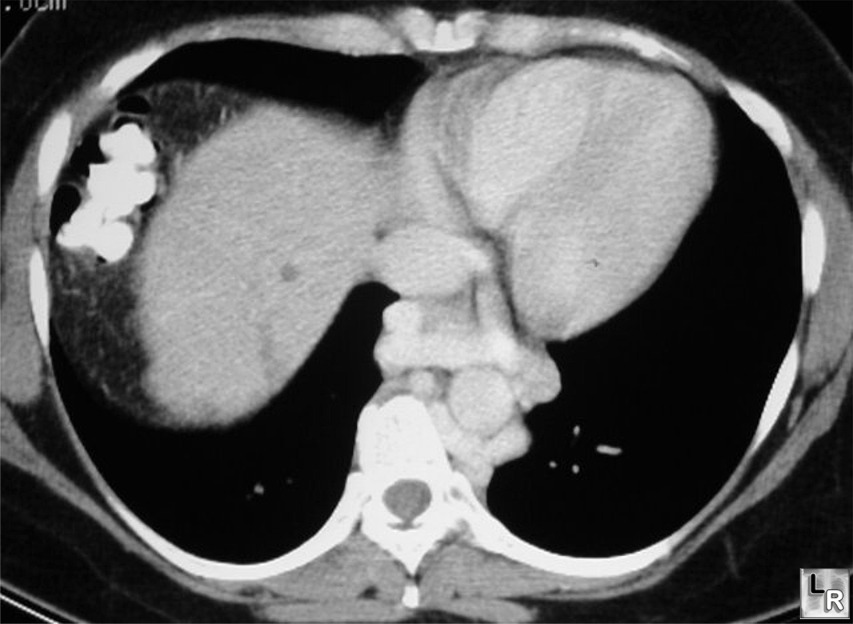 |
| Thanks Dr. Seldinger, all I need to do is learn this (from wikipedia) |
Of course, there's a little more to it than that, but if you could do that, you're halfway there. It has more of a feel of surgery than diagnostic radiology. There is the same thinking on your feet excitement that I gathered from surgery. The difference is that you're using ultrasound, x-rays, CTs and MRIs and that often, the patients go home (almost) immediately after a major procedure (and much less rounding on patients, getting yelled at by scrub nurses and blood).
There is a great satisfaction to seeing a patient with a problem, directly seeing the problem with your imaging technique, then with minimal invasion of the patient, fixing it and seeing the patient drive home with their problem fixed a few hours later. There is also a wide variety of cases, from simple thyroid biopsies, to draining blocked kidneys or infections, to treating tumors with microwaves, to fixing narrowing or rupture of big and small vessels. It is a great deal of fun.
What draws me away from the field, though, are two things. One is that for the more complicated vascular cases, it really sucks to be twisting a wire inside a vessel for hours trying to get into a small artery. But, what really drives me away from it is that it doesn't have the academic feel. Although you need to be able to read images, you really don't need to be great at it to see a fluid collection (who cares what it is, you'll stick a needle in it and find out soon) or a blocked vessel. The patient often already has a diagnosis or the pathologist will figure out the diagnosis, so the satisfaction of figuring something out is not there as much as it is in diagnostic radiology. Researchwise, it's more about making new devices or new techniques to accomplish a task that people are doing than trying to figure out how the body works.
It's not what I wanted to do when I signed up for radiology, but it's great to know that in a short month I've been able to pick up a lot of these techniques. Simpler (nonvascular) procedures are often also done by other types of radiologists and I would love to be able to do some procedures in whatever branch of diagnostic radiology I end up in. I'll just leave the wire twisting to the professionals.
| I actually got to angioplasty a vessel a few weeks ago. The scary part is that the balloons have a "burst" pressure rating, but for some reason, no one seems to worry about going over it. |
